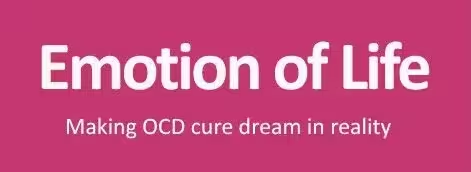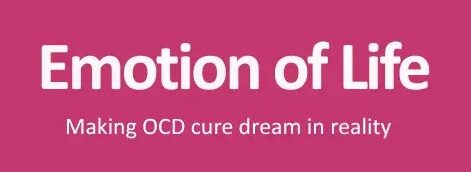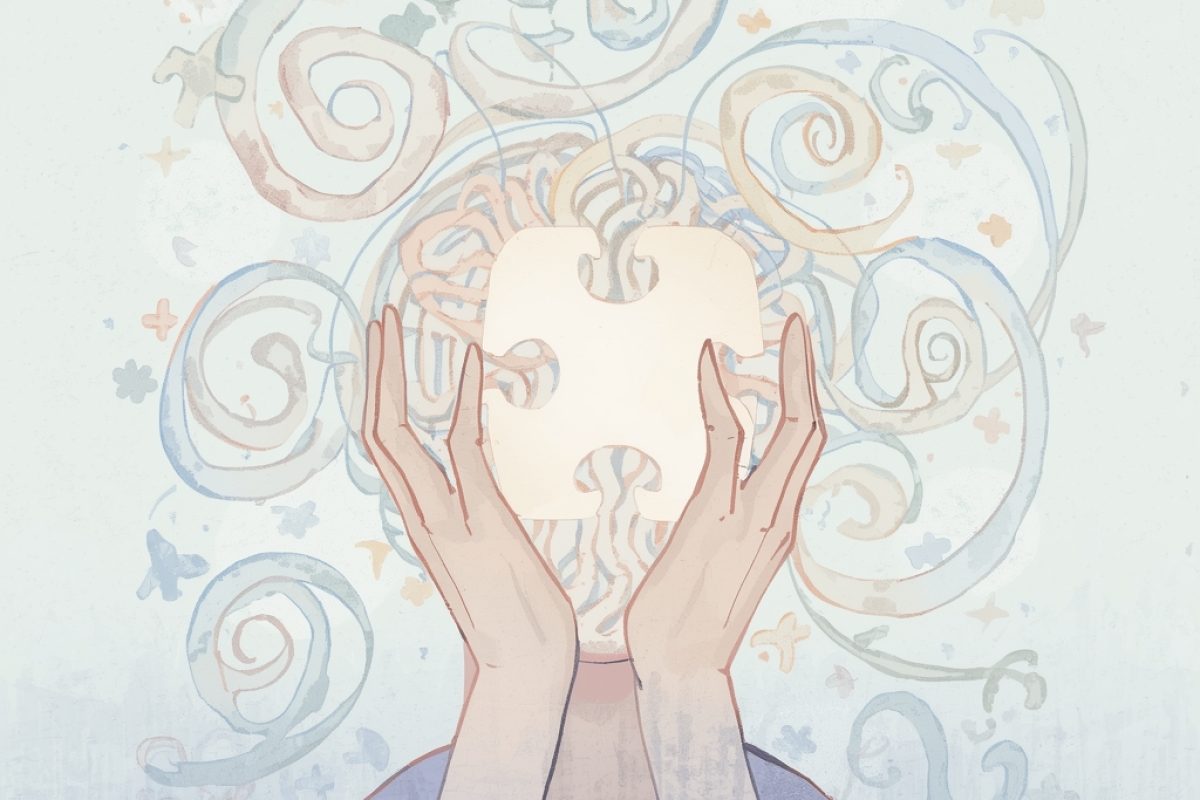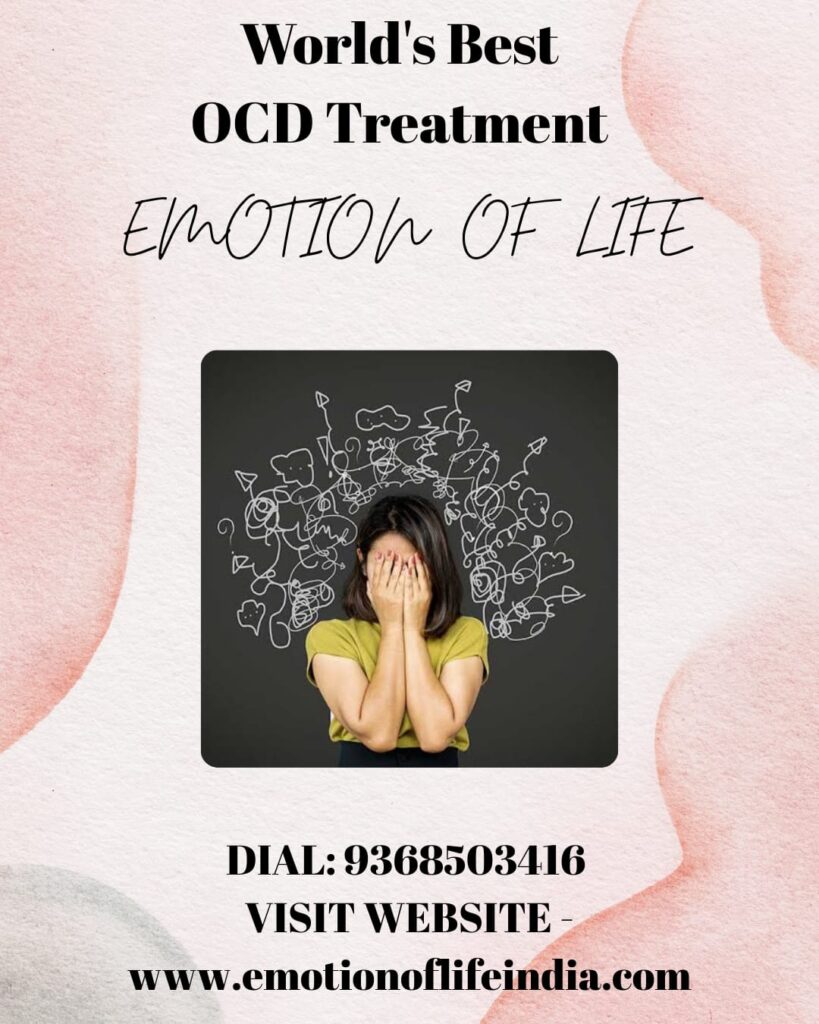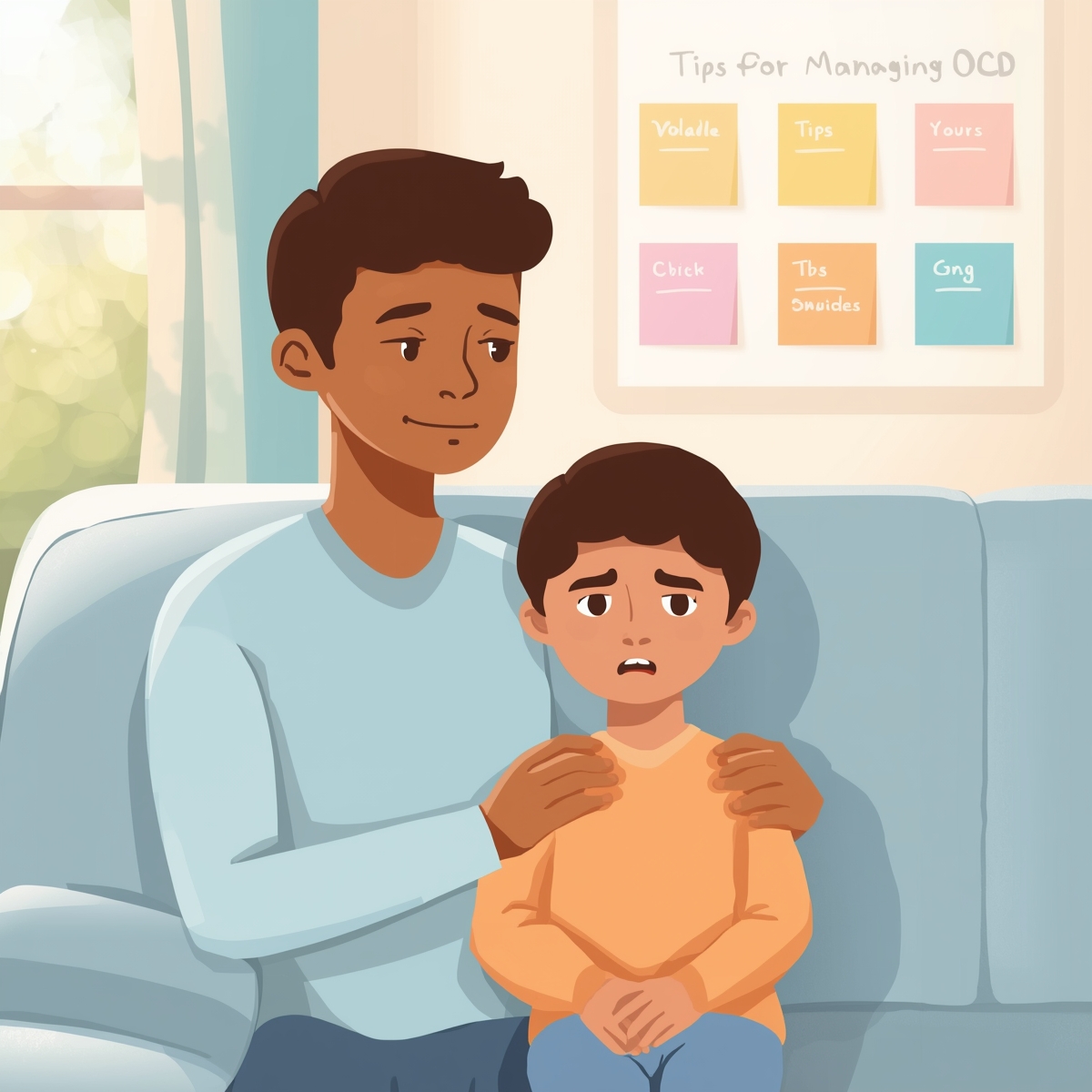Sexual Orientation OCD Treatment
Sexual Orientation OCD Treatment is a highly specialized therapeutic approach designed to help individuals who experience intrusive, unwanted thoughts about their sexual orientation. These thoughts are not a reflection of a person’s true desires but rather symptoms of a subtype of obsessive-compulsive disorder known as Homosexuality OCD or SO-OCD. This condition causes intense anxiety, confusion, and distress, even when there has been no actual change in attraction or identity.
At Emotion of Life, therapists Shyam Gupta and Pratibha Gupta have spent over two decades helping people recover from Sexual Orientation OCD without medication. Using Cognitive Behavioural Therapy (CBT), Exposure and Response Prevention (ERP), and wellness-based interventions, our structured 16-Step OCD Recovery Program provides lasting relief and confidence.
Understanding Sexual Orientation OCD
Sexual Orientation OCD (SO-OCD) is not about genuine exploration of one’s identity. It is an anxiety-driven cycle of obsessive doubts and compulsive behaviors aimed at finding certainty about sexual orientation.
People with SO-OCD may fear:
- A sudden, irreversible change in their orientation.
- Being “trapped” in an unwanted identity.
- That a fleeting thought or reaction “means” they are secretly another orientation.
For example, a heterosexual person may panic after noticing a same-gender person’s appearance, fearing it indicates a change. Similarly, a gay person might have a random thought about someone of the opposite gender and worry that it means something significant.
These thoughts are ego-dystonic they conflict with a person’s true self and values. Therefore, Sexual Orientation OCD Treatment focuses on breaking the cycle of obsession and compulsion, not changing anyone’s actual orientation.
Symptoms of Homosexuality OCD
- Persistent identity doubts: Constant questioning despite a clear history of stable attraction.
- Intrusive thoughts or images: Unwanted mental content that feels distressing and inappropriate.
- Avoidance behaviors: Avoiding friends, dating, or situations that might trigger doubts.
- Reassurance seeking: Asking others for confirmation or searching online for “proof.”
- Self-testing behaviors: Checking physical reactions to determine attraction.
Obsessions in Sexual Orientation OCD
- Fear of being gay, straight, bisexual, or asexual despite past certainty.
- Worry that physical sensations “prove” a change in attraction.
- Intrusive sexual thoughts about inappropriate or non-consensual partners, leading to guilt and fear.
- Endless reviewing of past experiences to find “evidence.”
Compulsions in Sexual Orientation OCD
Compulsions in Sexual Orientation OCD Treatment are attempts to neutralize anxiety, but they actually reinforce OCD. Common compulsions include:
- Repeatedly asking for reassurance.
- Taking online orientation quizzes or tests.
- Avoiding relationships, intimacy, or triggering situations.
- Deliberately exposing oneself to images to “check” reactions.
- Mentally reviewing past memories for confirmation.
Why Sexual Orientation OCD Feels So Real
In SO-OCD, the brain’s threat detection system misfires, interpreting harmless thoughts as signs of danger. The “danger” here is a perceived unwanted change in orientation. Because OCD often targets deeply personal values and identity, the anxiety feels completely genuine—even though there is no real threat.
The 16-Step OCD Recovery Program at Emotion of Life
Our Sexual Orientation OCD Treatment program is a structured, step-by-step process developed by Shyam Gupta and Pratibha Gupta. It integrates CBT, ERP, and wellness strategies to help clients recover naturally, without medication.
Step 1: Comprehensive Assessment
In-depth evaluation of symptoms, triggers, and compulsive cycles to design a personalized treatment plan.
Step 2: Identifying Thought Patterns
Mapping how obsessions lead to anxiety and compulsive reactions.
Step 3: Trigger Mapping
Identifying the thoughts, emotions, and environments that activate intrusive doubts.
Step 4: Psychoeducation
Teaching clients how OCD functions and why avoidance strengthens it.
Step 5: Personalized CBT Plan
Challenging distorted beliefs and replacing them with rational, evidence-based thinking.
Step 6: ERP Planning
Designing exposure exercises that gradually build tolerance to feared situations.
Step 7: Gradual ERP Execution
Step-by-step exposure work, beginning with low-anxiety triggers and advancing to more difficult ones.
Step 8: Response Prevention Skills
Training the mind to resist compulsive reassurance or checking behaviors.
Step 9: Breaking Reassurance-Seeking Cycles
Teaching clients to stop seeking constant validation about orientation.
Step 10: Mindfulness Training
Developing awareness of thoughts without judgment or overreaction.
Step 11: Cognitive Restructuring
Replacing catastrophic thinking with balanced, reality-based understanding.
Step 12: Self-Monitoring and Journaling
Tracking daily progress and identifying hidden compulsive patterns.
Step 13: Lifestyle Coaching
Focusing on sleep, nutrition, and daily habits that support emotional balance.
Step 14: Family Education
Training family members to support recovery without reinforcing compulsions.
Step 15: Relapse Prevention
Equipping clients with strategies to manage future intrusive thoughts effectively.
Step 16: Post-Recovery Follow-Up
Ongoing monitoring and support to ensure long-term success.
Success Stories from Emotion of Life
Aarav – Delhi
Aarav, 27, feared he was suddenly gay despite a loving relationship with his girlfriend. His days were filled with Google searches and self-testing. After 14 weeks of ERP therapy with Shyam Gupta, he regained peace of mind and now lives confidently, free from compulsions.
Meera – Mumbai
Meera, 24, struggled with Homosexuality OCD that stopped her from dating. Under Pratibha Gupta’s guidance, she faced her triggers and eliminated reassurance-seeking. Today, she’s engaged and thriving in her personal life.
Rohan – Pune
Rohan, 32, battled intrusive sexual thoughts that caused deep guilt. Through the 16-Step Recovery Program, he learned to accept uncertainty and stop mental reviewing. He now describes himself as “OCD-free.”
Why Our Treatment Works Without Medicine
- CBT corrects distorted thought patterns and restores rational thinking.
- ERP retrains the brain to respond calmly to triggers.
- Mindfulness reduces emotional reactivity and anxiety intensity.
- Lifestyle changes strengthen emotional resilience and recovery outcomes.
Conclusion
Sexual Orientation OCD Treatment at Emotion of Life provides a science-based, compassionate approach for those trapped in cycles of intrusive doubt and anxiety. With professional guidance, structured CBT and ERP therapy, and a supportive wellness framework, complete recovery without medication is possible.
Freedom from obsessive doubts is not about changing who you are—it’s about rediscovering peace, confidence, and control over your thoughts and life.
Call: +91 9368503416 www.emotionoflife.in Email: info@emotionoflife.in
Book Now | Review | OCD Types | Our Experts | Success Stories| Contact Us| MyPsychologist
